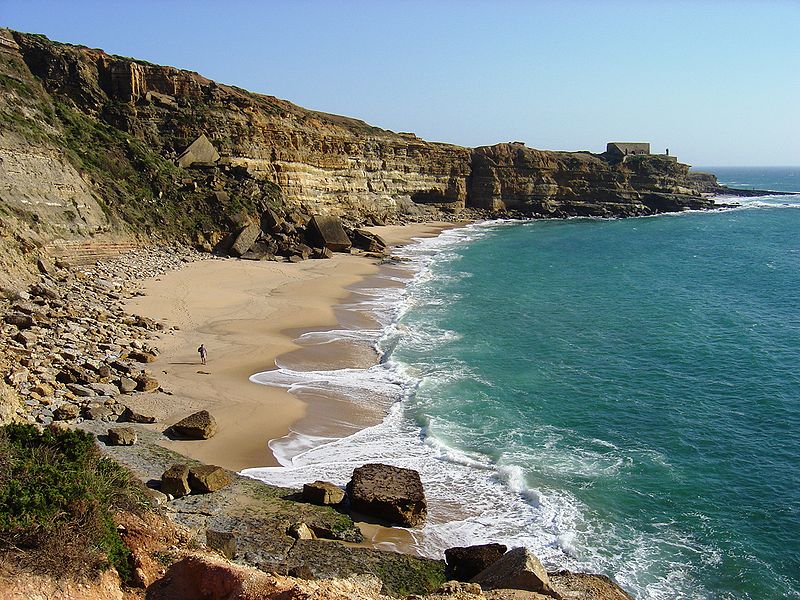After Galicia, Portugal was a question mark. Would it feel too polished? Too crowded? Too easy?
I didn’t want easy. I wanted waves that made me fight for them.
Ericeira? Delivered.
Rolling In, Letting Go
The drive down was long, the landscape shifting from misty Galician hills to golden cliffs and dry fields.
By the time I reached Ericeira, the late-afternoon light was making everything glow—whitewashed houses, cobbled streets, ocean stretching wide.
Salt in the air. The smell of sardines grilling somewhere nearby.
Checked into a tiny guesthouse. The owner’s wife handed me a pastel de nata before I even got my key.
“For energy,” she said.
Bless her.
First Session: Ribeira d’Ilhas
Ericeira isn’t just one wave. It’s an entire coastline of options.
I started at Ribeira d’Ilhas—a long, right-hand point break that peels forever when it’s working.
The lineup was crowded, but friendly enough. A local gave me a nod. “Sit deeper, wait for the second wave of the set.”
I listened.
A set rolled through. First wave—someone snatched it. Second wave—I paddled hard.
Dropped in. Turned off the top. Felt the rail bite just right.
Not the biggest wave. Not the best ride.
But it had rhythm.
And rhythm is everything.
Coxos Humbled Me
If Ribeira was fun, Coxos was a reality check.
A fast, technical right-hand reef. Heavy. Zero room for error.
First attempt? Late takeoff. Got thrown straight over the falls.
But I watched, waited, figured out the lineup.
Next wave—better timing. Nailed the drop. Cut back hard.
The speed, the power—it was all there.
This was the kind of wave that leaves your hands shaking when you paddle back out.
This was why I came.
The People, The Nights, The Vibe
Surf all day, walk barefoot into a café, order bacalhau and a beer.
That was Ericeira.
One night, I ended up at a bar with a group of travelers. We swapped surf stories, compared wipeouts, laughed too hard, stayed out too late.
It wasn’t just about the waves. It was about the in-between moments.
And Ericeira had plenty of those.
The Crowds, The Reality Check
But it wasn’t perfect.
The crowds were intense. Some lineups felt more like a competition than a session. Locals guarded their spots, and I don’t blame them.
Some welcomed you in. Others let you know you weren’t one of them.
That’s surf culture. Earn your place or keep moving.
And for me? It was time to keep moving.
Next Stop: Peniche
I threw my board bag into the van, checked the forecast.
Supertubos was waiting.
And something told me things were about to get even heavier.

